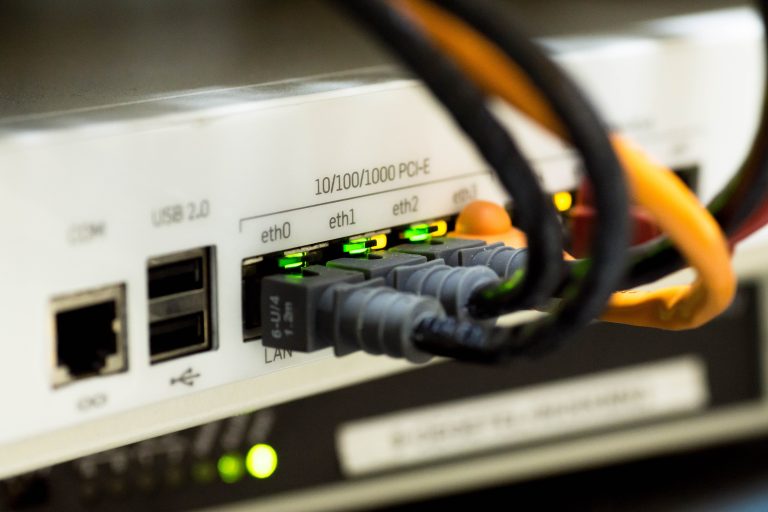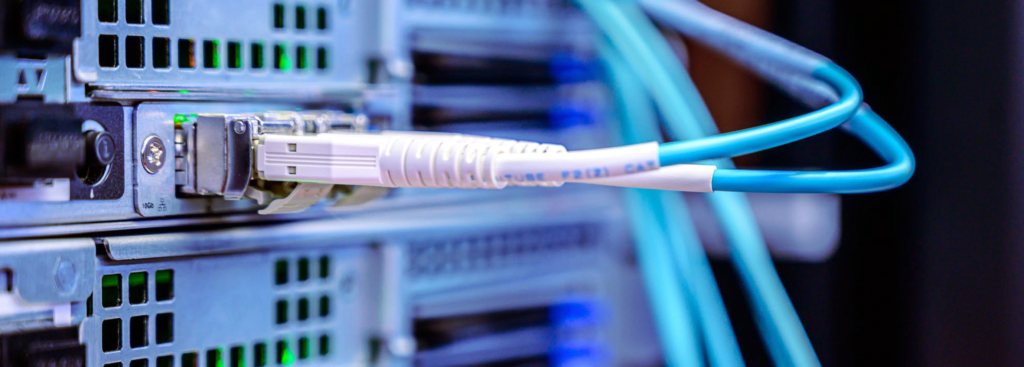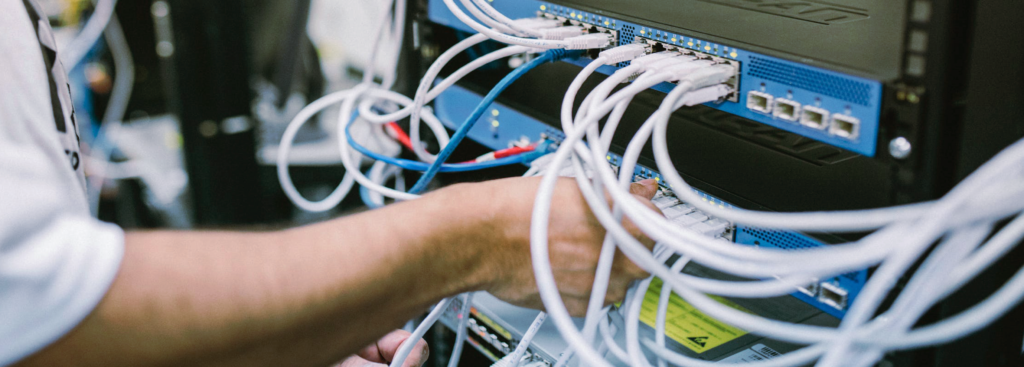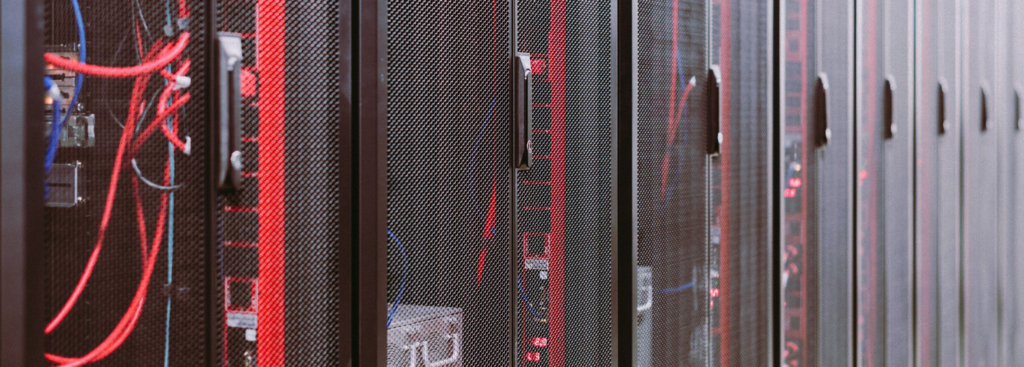While larger companies have had the opportunity to see others fail because they didn’t deal with a Single Point of Failure (SPoF), many smaller companies or startups overlook this without mitigating potentially catastrophic risks. Thankfully, there are ways you can protect your company against a Single Point of Failure in networks and hardware technology.
Do you have any idea what your company would do if critical elements of your business processes failed without an adequate solution in place? Just think about how reliant your business actually is on hardware and software and you might begin to have an idea of the severity of this issue.
To give you some peace of mind, we’ve compiled everything you need to know about protecting your company against a Single Point of Failure now and long into the future. Have a read to see for yourself or simply visit our Small Business page to learn more about technology and the role it plays in business.
What is a Single Point of Failure (SPoF)?
A Single Point of Failure (SPoF) is an event that has the capacity to halt your business’ ability to operate and generate revenue. There are a whole host of potential SPoF for you to contend with and it’s vital that you don’t overlook any of them, no matter how reliable you consider your technology and infrastructure to be.
Internet
For most businesses, having a reliable internet connection is crucial for in-house and remote workers to complete work efficiently. Therefore, it should come as no surprise that experiencing an internet outage is going to severely impact a company’s ability to generate revenue.
Hardware
Computer hardware plays a significant part in many businesses’ operations. So, relying on sole pieces of hardware or machinery can lead to serious issues should it fail unexpectedly.
Electricity
Electricity is arguably the most vital requirement for most businesses as almost all modern technology is powered by it. An electrical outage will normally have dire consequences for productivity, but this can be even more serious if a company operates from a single location.
Premises
If there’s a fire or serious event on your company premises, you might find that the building and your systems become inaccessible. Without a place to work, your employees won’t be able to fulfil their duties and your revenue will suffer as a consequence.
Software
Picking the right software to increase productivity and streamline your operations is extremely important in today’s world. With websites, Ecommerce stores, CRM, networks, cloud provider, databases, and much more being utilised by businesses, losing any of your software to an outage will be devastating.
Employees
It’s hard to know how far you really rely on any of your employees until there’s a time you need to cope without them. How would your business cope if you lost a manager, star employee, or a member of your IT team at short notice?
How should you conduct an audit to identify a SPoF?
When conducting an audit into your technology, processes, and business dependencies, it’s crucial you maintain a vigorous attitude in uncovering everything that you possibly can.
Start by curating a list of everything your company depends on in order to run smoothly and efficiently. But, don’t overlook the opportunity to ask employees to give their opinion too as there may be something you would otherwise miss. You’ll probably find that there are many more Single Points of Failure than you expected to identify after conducting an audit.
Once you have every potential Single Point of Failure listed in a document, add contact numbers and information for your technology providers, manufacturers, support lines, temporary worker agencies, and so on. This will help to hasten the resolving of a serious outage. Finally, create both hard and digital copies for your employees to utilise as and when required.
What can you do to remove a Single Point of Failure?
While knowing who to contact in the case of an emergency will help to resolve an issue at times, having reliable backup systems in place is your best bet for having your business operations continue without being interrupted more than necessary.
You should liaise with an expert in the field as well as your IT department in order to create a robust plan that can mitigate the Single Points of Failure you’ve already identified. But, if you’re already aware of failing technology that your company is reliant on, don’t waste any time in finding a suitable replacement.
Are you concerned that your company isn’t protected against the risks associated with a Single Point of Failure in networks and technology? To find out how our team can assist you in protecting your business, contact us now for further information.













